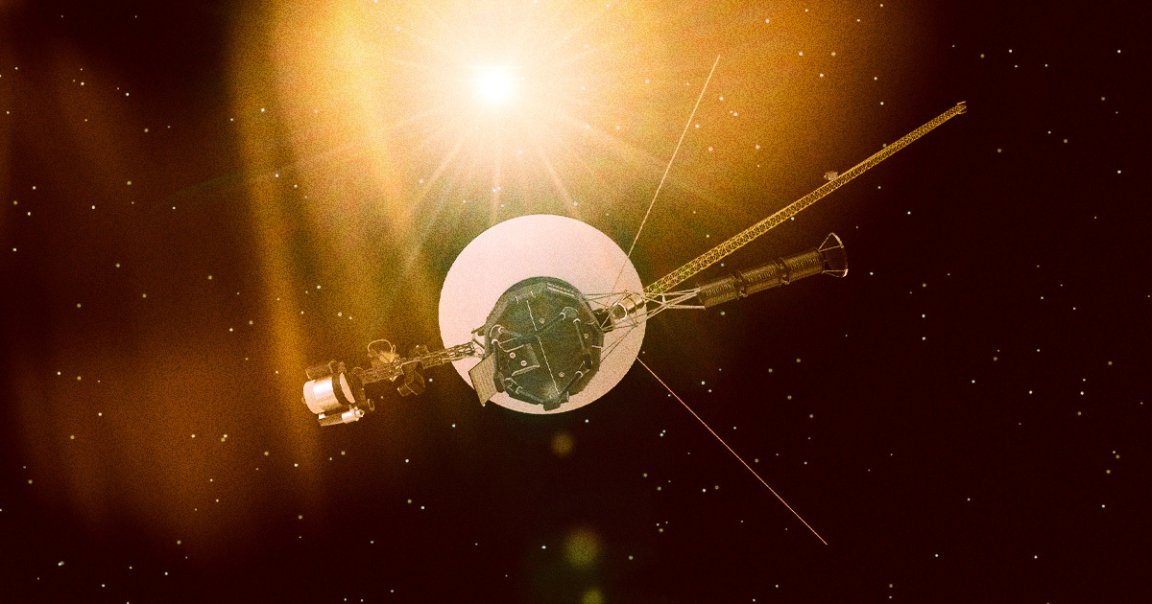
Friendly Fire
A scientist who’s been working on NASA’s Voyager mission for more than half a century has helped shepherd the iconic spacecraft all the way to interstellar space — and now, he says that the probes are straight-up catching strays.
In an interview with Mashable, Alan Cummings, a cosmic ray physicist at NASA and Caltech’s Jet Propulsion Laboratory who’s been on the probes’ missions from the very start, explained that Voyagers 1 and 2 are in greater danger than ever now that they’ve left the Sun’s protective bubble.
Last week, NASA was mighty relieved when Voyager 1 regained contact with Earth after a whopping five months incommunicado. It took Herculean engineering ingenuity to make that happen, and as Cummings notes, scientists still aren’t sure what the exact problem was.
“We don’t know everything,” the scientist said. “But I do think galactic cosmic rays are the guilty party here for most of these problems.”
Ray Gun
While Voyager 1’s five-month quiet spell was unusually long, it was far from the first time the probe or its sister — which are some 15 and 20 billion miles away from Earth, respectively — have run into trouble trouble.
Back in 2010, Voyager 2 began transmitting gibberish back to Earth. Scientists still don’t know exactly what went down, but Cummings suspects cosmic rays were again the culprit because, as he explains, “the galaxy is permeated” by them.
Beyond not knowing definitively if cosmic rays are the culprit for the woes experienced by the Voyagers and NASA’s New Horizons probe as they make their way out of our Solar System, scientists are also not entirely sure what causes these merciless, super-fast beams.
The predominant theory, as Mashable notes, is that they’re caused by the explosion of stars, known as supernovae, which supercharge particles and shoot them out in all directions. So violent is the shock from a supernova that particles are stripped of their shells, whipping through space as just nuclei — per the theory, at least.
Whatever is going on with them, however, Cummings says one thing is for sure: “We are dodging bullets out there.”
More on the cosmos: James Webb Turns to Examine Planet Showing Potential Sign of Life